What is the tolerance range of precision screws?
What is the tolerance range of precision screws?
Service Hotline
+86760-8787 8587We have more than ten years of experience in screw industry production, the main products are: 1mm nut, factory/flange nut, washer copper flat washer, anti-theft screw nut, flat-tail machine thread screw, color zinc spring washer, stainless steel countersunk head Screws, welding nuts, hexagonal belt washer nuts, rivets, annular expansion screws, blackened fine thread screws, grade 8 blackened fine thread nuts, national standard aluminum profile screws, hexagon socket head bolts and other fasteners, due to the product The materials and specifications are different, and the prices are also different. Please contact us if you need it.


In another embodiment of Guangdong Yueluo Hardware Industry Co., Ltd., the slotting device 4 includes a motor 41 and a motor 43, the cutting wheel 42 is fixedly arranged at the output end of the motor 41, and the motor 41 drives the cutting wheel 42 to rotate to open the screw. slot, the motor 43 is fixedly arranged on the workbench 1, the motor 41 is arranged on the motor 43, a track 47 is arranged between the motor 41 and the motor 43, the motor 41 can reciprocate through the track 47, and when the screw is slotted, the motor 41 drives the cutting wheel 42 to move in the direction of the screw. When the slotting is finished, the motor 41 drives the cutting wheel 42 to retract. The fixed wheel 48 is arranged at the output end of the motor 43. The fixed wheel 48 is located directly below the cutting wheel 42. The surface of the middle screw is in contact, and the motor 43 drives the fixed wheel 48 to rotate to grind and polish the surface of the slotted screw to make the surface smooth. Preferably, the direction of rotation of the cutting wheel 42 and the fixed wheel 48 is opposite.
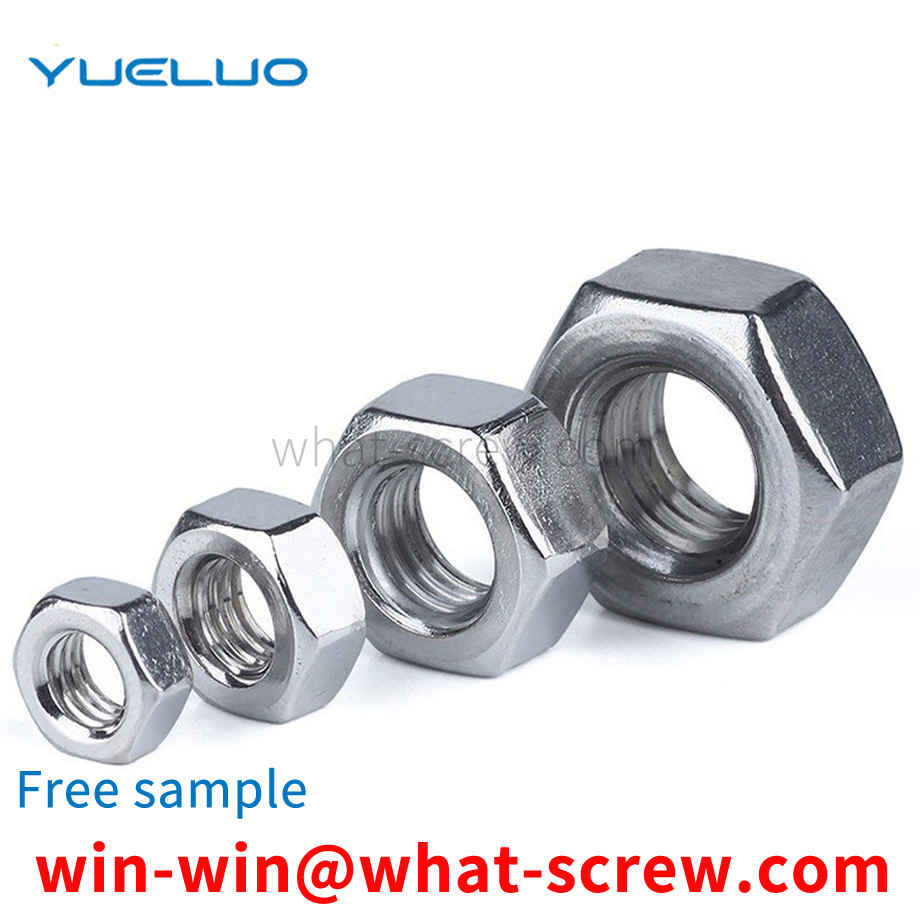
Bolts refer specifically to screws with larger diameters and may also have no heads, such as stud bolts. In general, it is not called a stud bolt but a stud stud. The most common form of stud is threaded at both ends and a polished rod in the middle. The most typical use: anchor bolts, or places similar to anchor bolts, thicker connections, when ordinary bolts cannot be used.
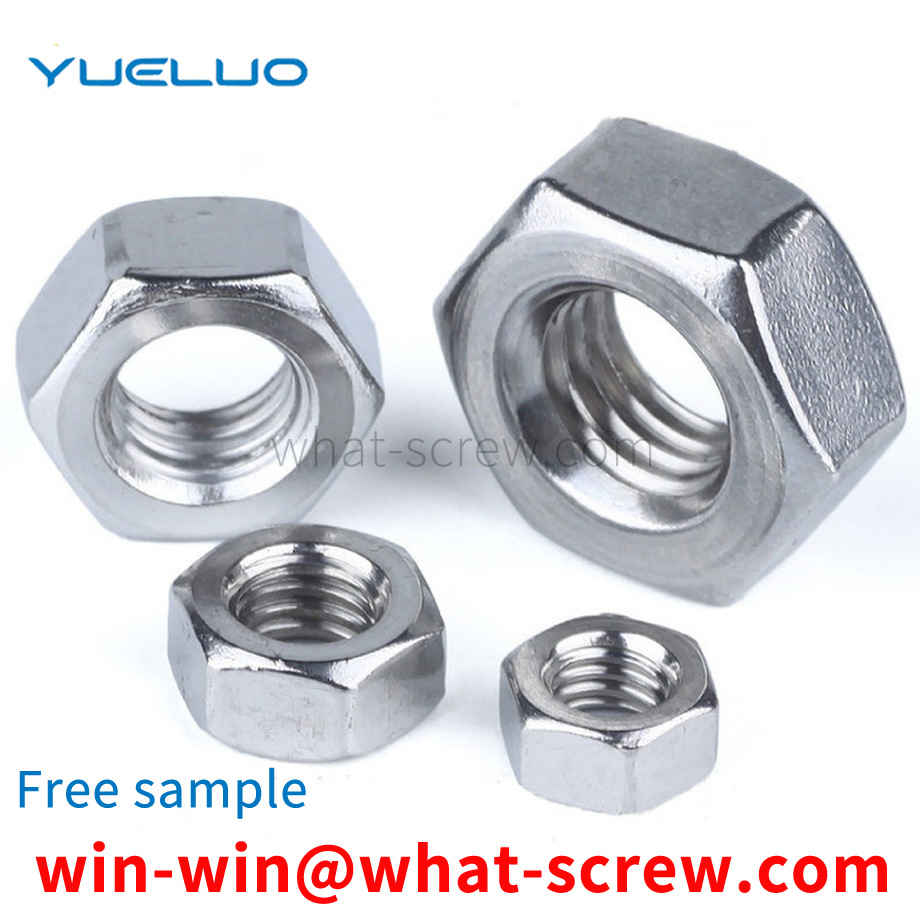
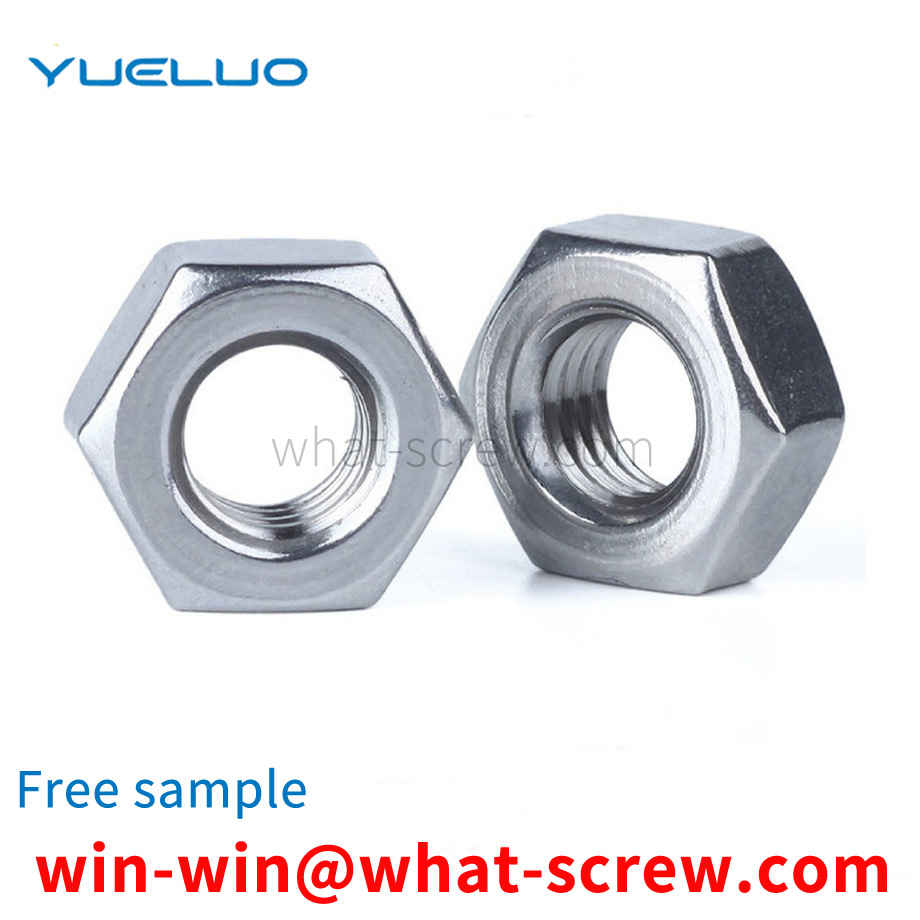
rotating rod is rotatably installed on one side of the two pillars that are close to each other, and a second bevel gear is welded on the ends of the two rotating rods that are close to each other. The two second bevel gears are meshed with the two first bevel gears respectively. , The first sprocket is welded on the two rotating rods, the chain is meshed on the two first sprockets, and the screw rods are installed on the sides of the two pillars that are close to each other. Above the rod, the second sprockets are welded on the two screw rods, the two second sprockets are connected to the two first sprockets through two chains respectively, and threaded blocks are threaded on the two screw rods. The sides of the two threaded blocks close to each other are symmetrically welded with connecting columns, and the sides of the four connecting columns close to each other are welded with movable rods respectively. The other ends of the support plates are respectively rotatably installed with the same support plate, and the assembly device body is fixedly installed on the top of the support plate.
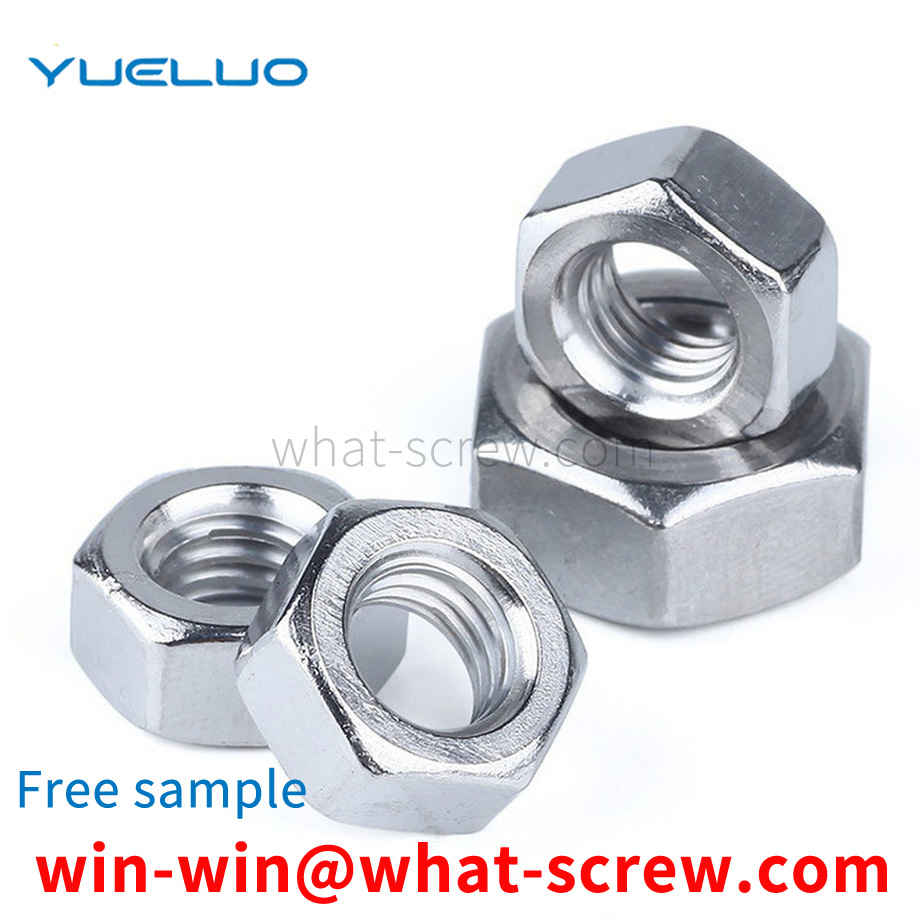
rivet is a metal rod-shaped part with a cap at one end. During riveting, the rivet uses its own deformation or interference to connect the riveted parts. Commonly used rivets are semi-circular head, flat head, semi-hollow rivets, solid rivets, countersunk head rivets, blind rivets, hollow rivets, etc. At present, rivets are widely used in various backplane products and other stamping products. Since rivets are responsible for the functions of locking, positioning and bearing lateral force in the product, the degree of riveting and vertical have higher requirements. However, in actual production, there are often problems such as the failure of the rivet torsion to meet the requirements, the rivet being skewed by the rivet, the surface of the rivet being cut, the rivet placement being inaccurate and requiring manual repositioning, etc. Very high and very inefficient.
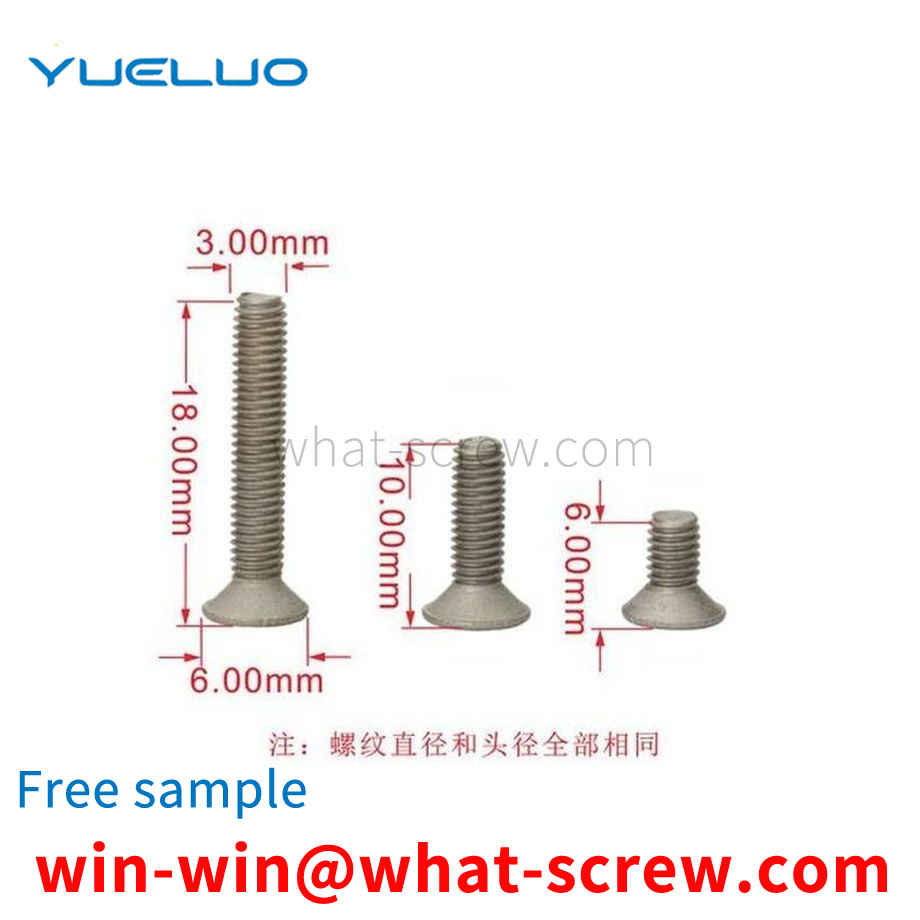
The above content is uploaded by Yueluo or the Internet. If there is any copyright issue, please contact [email protected].

What is the tolerance range of precision screws?

How to choose the right stainless steel screw manufacturer?

Why is there an R angle under the head of the hexagon head s...

We have more than ten years of experience in screw industry ...
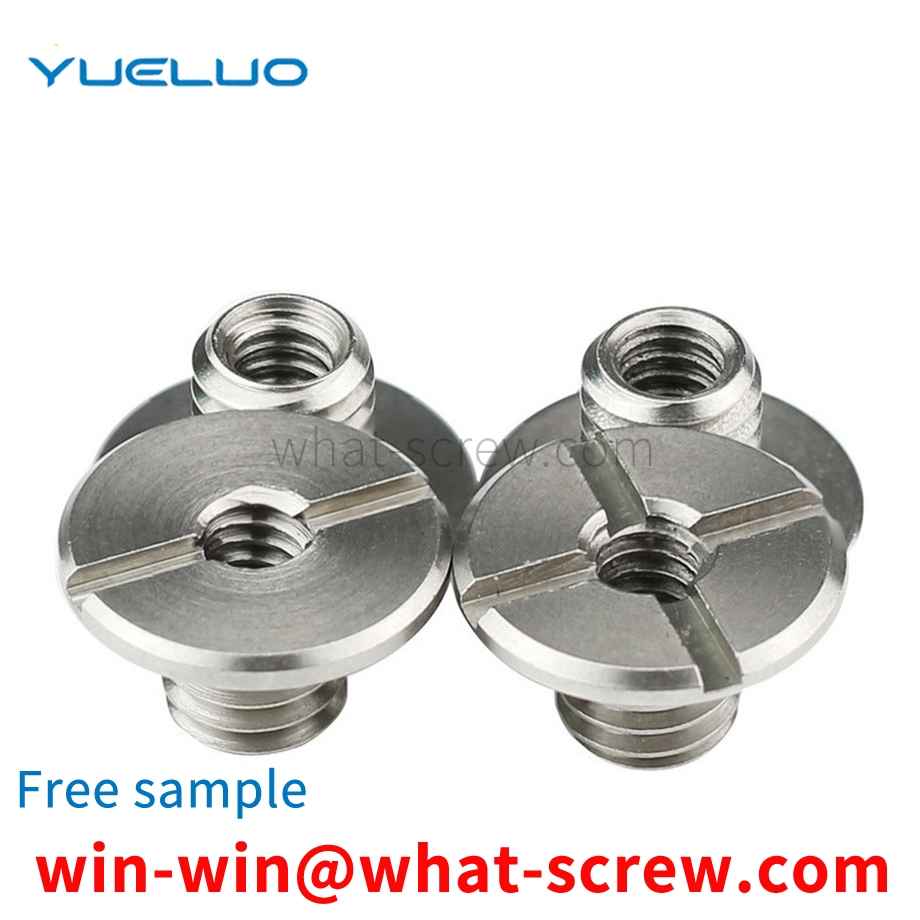
We have more than ten years of experience in screw industry ...
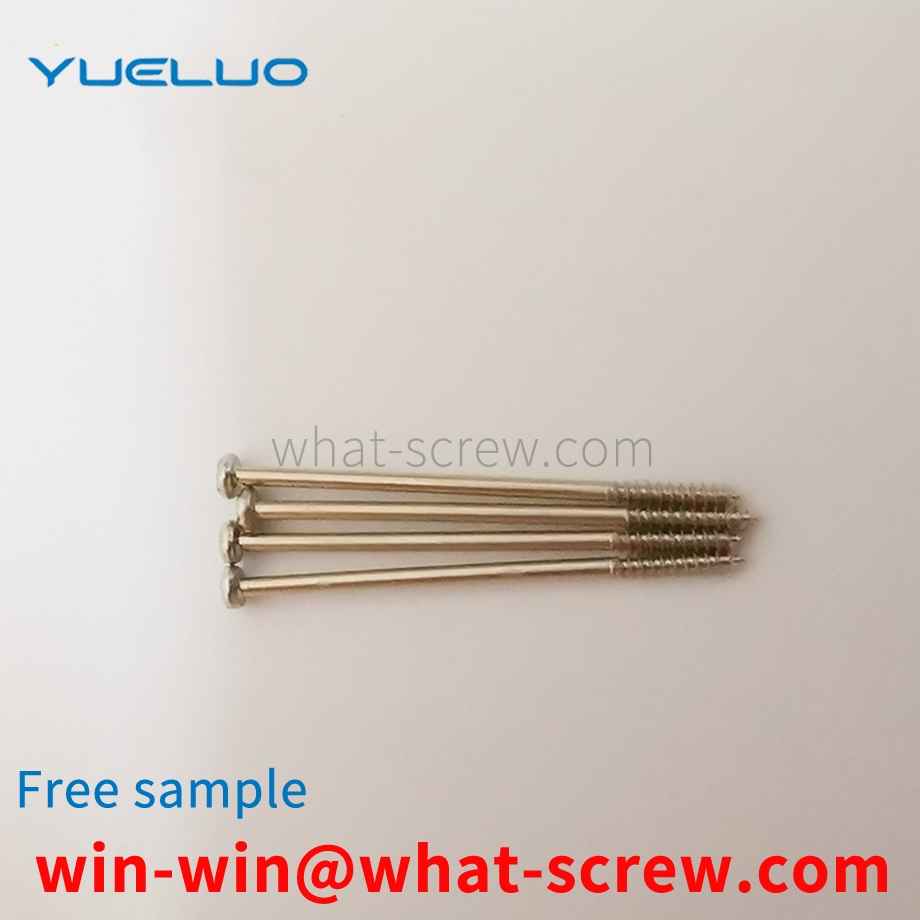
We have more than ten years of experience in screw industry ...
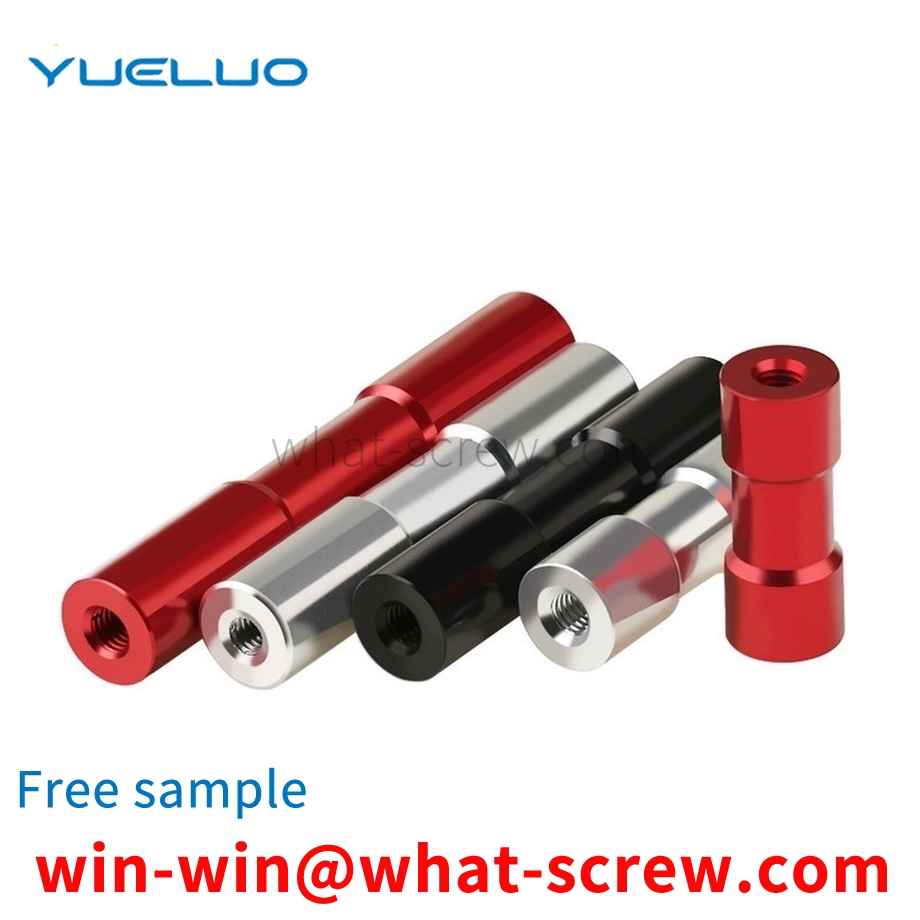
We have more than ten years of production experience in the ...